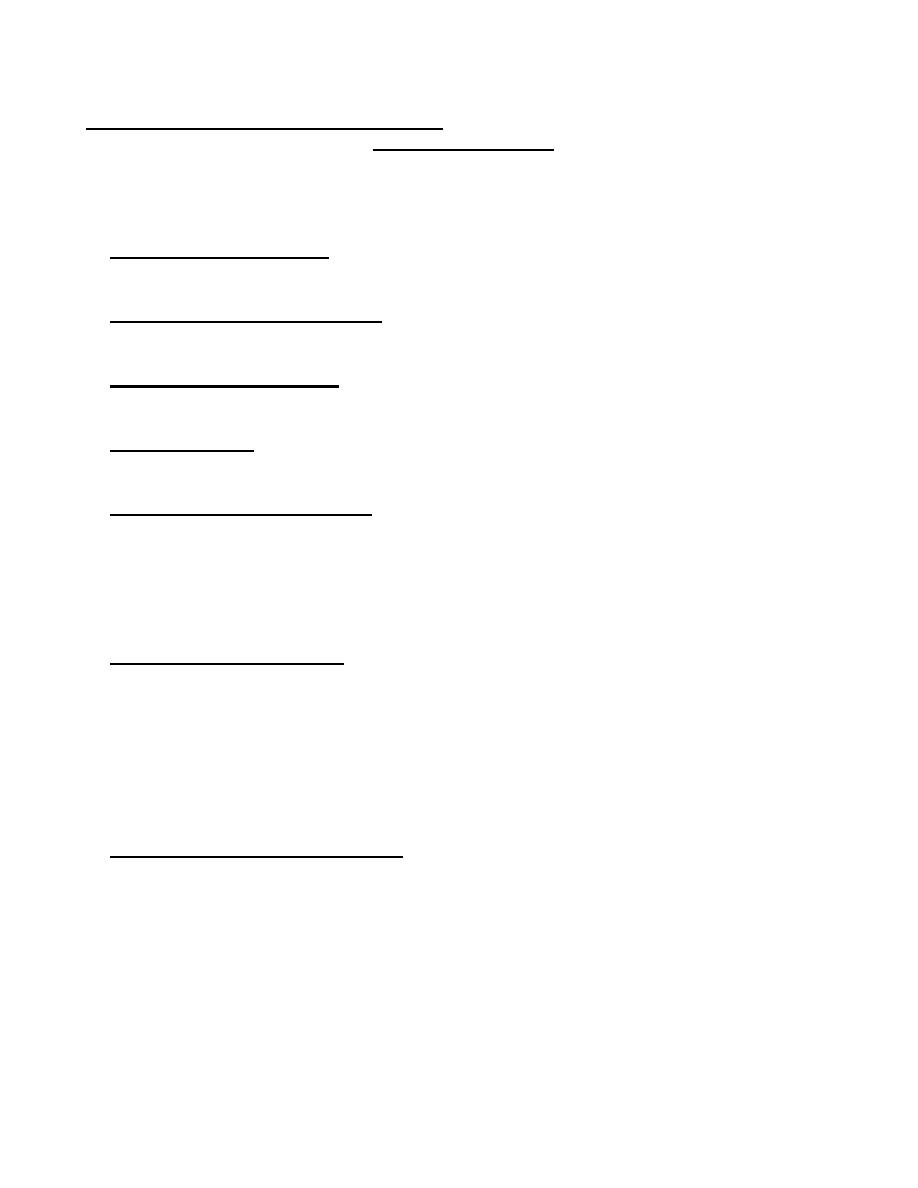

Custom Search
|
|

|
||
 OPERATION AND MAINTENANCE MANUAL
GENERIC CONTENTS
Section A - Operation
1. General System Description - provides an overview of as-built system composition and
operation of system.
2. Start-up and Shutdown Procedures provides step by step instructions to bring as-built
systems from static to operational configurations and from operating to shutdown.
3. Normal Operating Instructions - includes control diagrams with data to explain operation
and control of as-built system and specific equipment.
4. Operating Norms - provides temperatures, pressures, flow rates, etc. to be expected
during normal operation of the as-built system.
5. Emergency Operating Instructions - includes emergency procedures for equipment
malfunctions to permit a short period of continued operation or to shutdown the equipment
to prevent further damage to the as-built system and equipment; provides emergency
shutdown instructions for fire, explosion, spills, or any contingency; and provides guidance
on emergency operations of all utility systems including valve locations and portions of
systems controlled.
6. Environmental Considerations - includes a listing of as-built systems/equipment which
require special environmental operation, reporting, testing, analysis or inspection to comply
with Federal and related state/local environmental laws and their respective implementing
regulations, statutes, policies, etc. Examples are backflow preventer inspections,
underground storage tank testing, hazardous material/waste usage and storage
documentation, and inspection and testing of air pollution control devices. For each
system/equipment, describe the required procedure and frequency for environmental
operation, reporting, testing, analysis and inspection.
7. Important and Special Considerations - contains items of special interest concerning
system design, as-built construction, or operation; and provides a list of environmental
conditions (temperature, humidity, and other relevant data) which are best suited for each
piece of equipment and those conditions under which the equipment should not be allowed
to run.
230
|
 |
|
 |
||